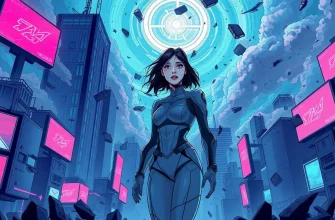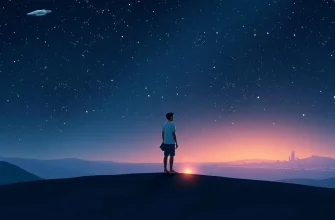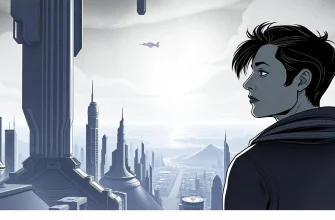Dive into the fascinating realm of virtual realities, simulated worlds, and the blurred lines between what's real and what's not. This collection of films explores themes similar to those in "The Matrix," offering viewers a thrilling journey through alternate realities, cyberpunk landscapes, and the philosophical questions about the nature of existence. Whether you're a fan of mind-bending plots or just love a good sci-fi adventure, these films will captivate and challenge your perceptions.
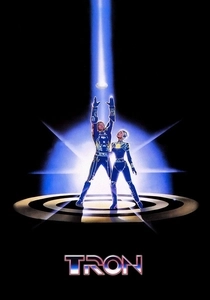
Tron (1982)
Description: A programmer is transported inside the software world of a mainframe computer, where he interacts with programs in a digital environment.
Fact: "Tron" was one of the first films to use extensive computer-generated imagery (CGI). The film's visual effects were groundbreaking for its time.
 Watch Now
Watch Now 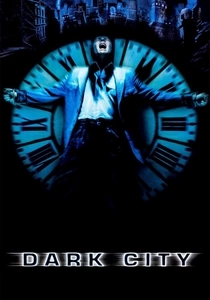
Dark City (1998)
Description: A man struggles with his identity in a city where reality is manipulated by mysterious beings known as the Strangers.
Fact: The film's director, Alex Proyas, was influenced by German Expressionism, which is evident in the film's noirish aesthetic.
 Watch Now
Watch Now 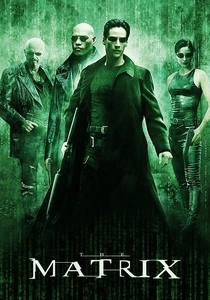
The Matrix (1999)
Description: This film is the cornerstone of the Matrix universe, where Neo discovers the truth about his reality and joins a rebellion against its controllers.
Fact: The Wachowskis developed the concept for "The Matrix" after reading "Simulacra and Simulation" by Jean Baudrillard. The film's iconic "bullet time" effect was groundbreaking at the time.
 Watch Now
Watch Now 
The Thirteenth Floor (1999)
Description: A researcher discovers that his reality is actually a simulation created by the inhabitants of the real world.
Fact: The film is based on the novel "Simulacron-3" by Daniel F. Galouye, which explores similar themes to "The Matrix."
 Watch Now
Watch Now 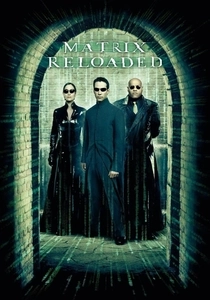
The Matrix Reloaded (2003)
Description: Continuing the saga, Neo must confront new threats and deeper mysteries within the Matrix, pushing the boundaries of what's possible in virtual reality.
Fact: The film holds the record for the most extensive use of virtual sets in a movie. It also introduced the concept of "The Architect," a character who explains the nature of the Matrix.
 Watch Now
Watch Now 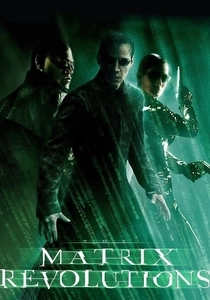
The Matrix Revolutions (2003)
Description: The final chapter of the original trilogy, where Neo faces his ultimate battle to save both the real world and the virtual one.
Fact: The film was released simultaneously in over 100 countries, making it one of the largest global releases at the time. The ending was controversial, leaving many fans divided.
 Watch Now
Watch Now 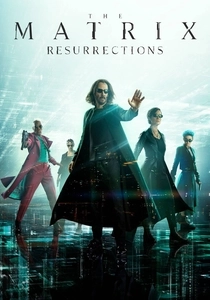
The Matrix Resurrections (2021)
Description: Neo is once again pulled back into the Matrix, exploring new layers of the virtual world and the nature of his existence.
Fact: The film was directed by Lana Wachowski, marking her solo directorial debut in the franchise. It explores themes of legacy and the cyclical nature of stories.
 Watch Now
Watch Now 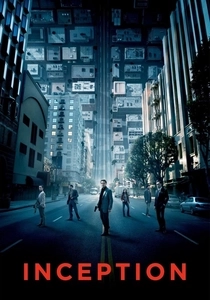
Inception (2010)
Description: While not directly about a Matrix, "Inception" delves into the manipulation of dreams, which parallels the concept of a simulated reality.
Fact: Christopher Nolan wrote the script over a decade before the film was made. The film's dream-within-a-dream structure was inspired by his own dreams.
 Watch Now
Watch Now 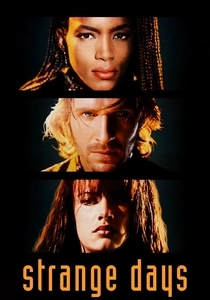
Strange Days (1995)
Description: In a near-future Los Angeles, a former cop deals in illegal VR recordings, uncovering a conspiracy that blurs the line between reality and virtual experiences.
Fact: The film was directed by Kathryn Bigelow, who became the first woman to win an Academy Award for Best Director. It was also one of the first films to explore the concept of virtual reality in a mainstream setting.
 30 Days Free
30 Days Free 
eXistenZ (1999)
Description: David Cronenberg's take on virtual reality, where a game designer tests her new game, blurring the lines between game and reality.
Fact: The film was released the same year as "The Matrix," and both explore similar themes of virtual reality, though in very different styles.
 30 Days Free
30 Days Free 





